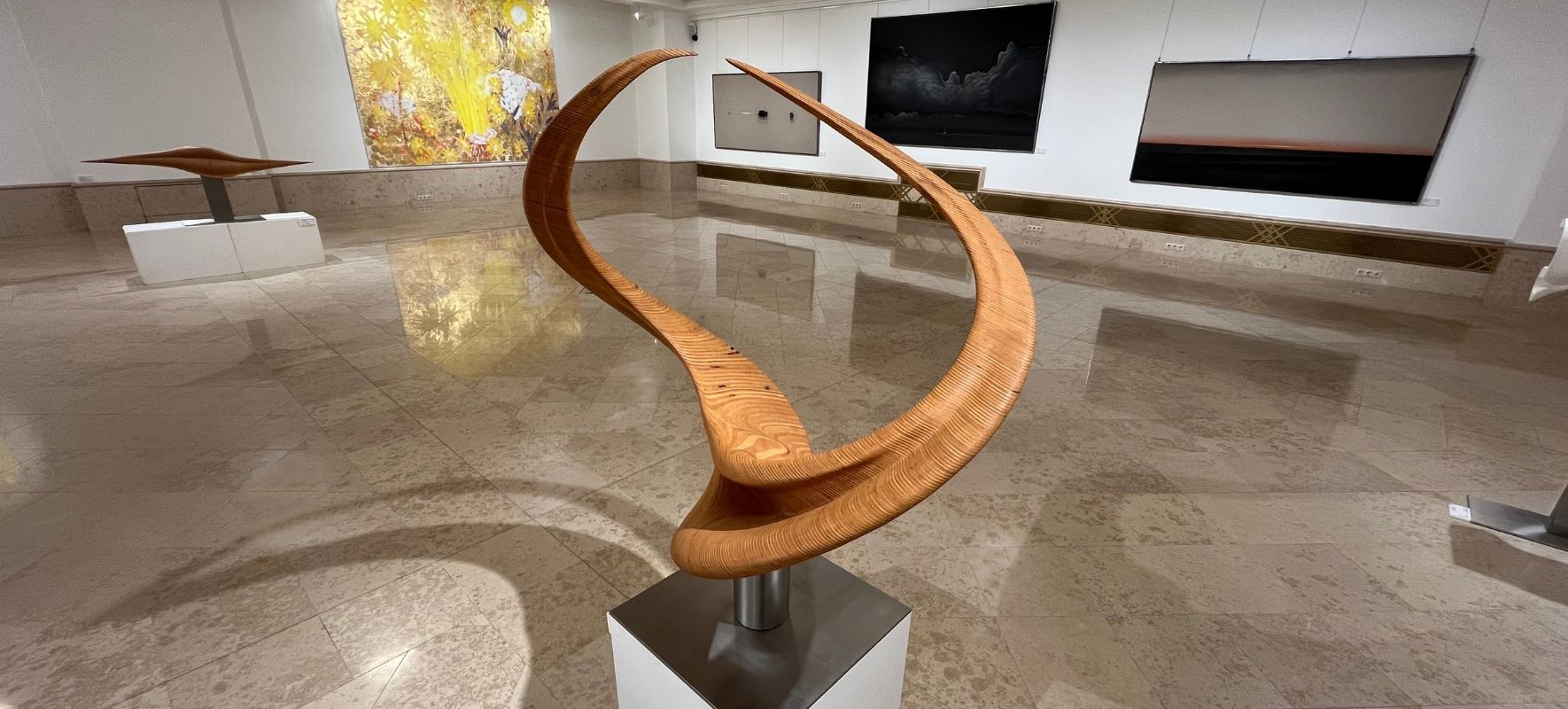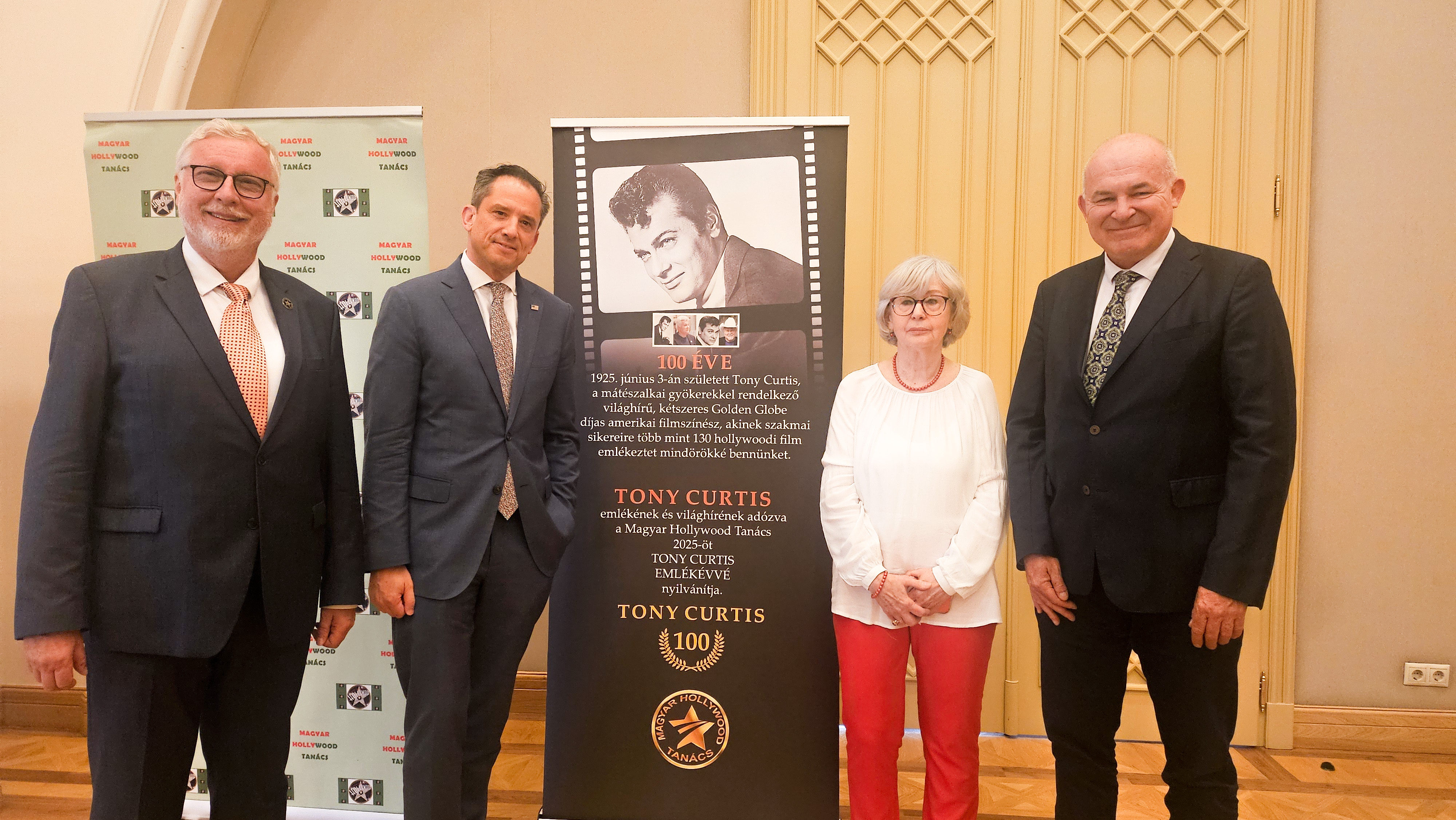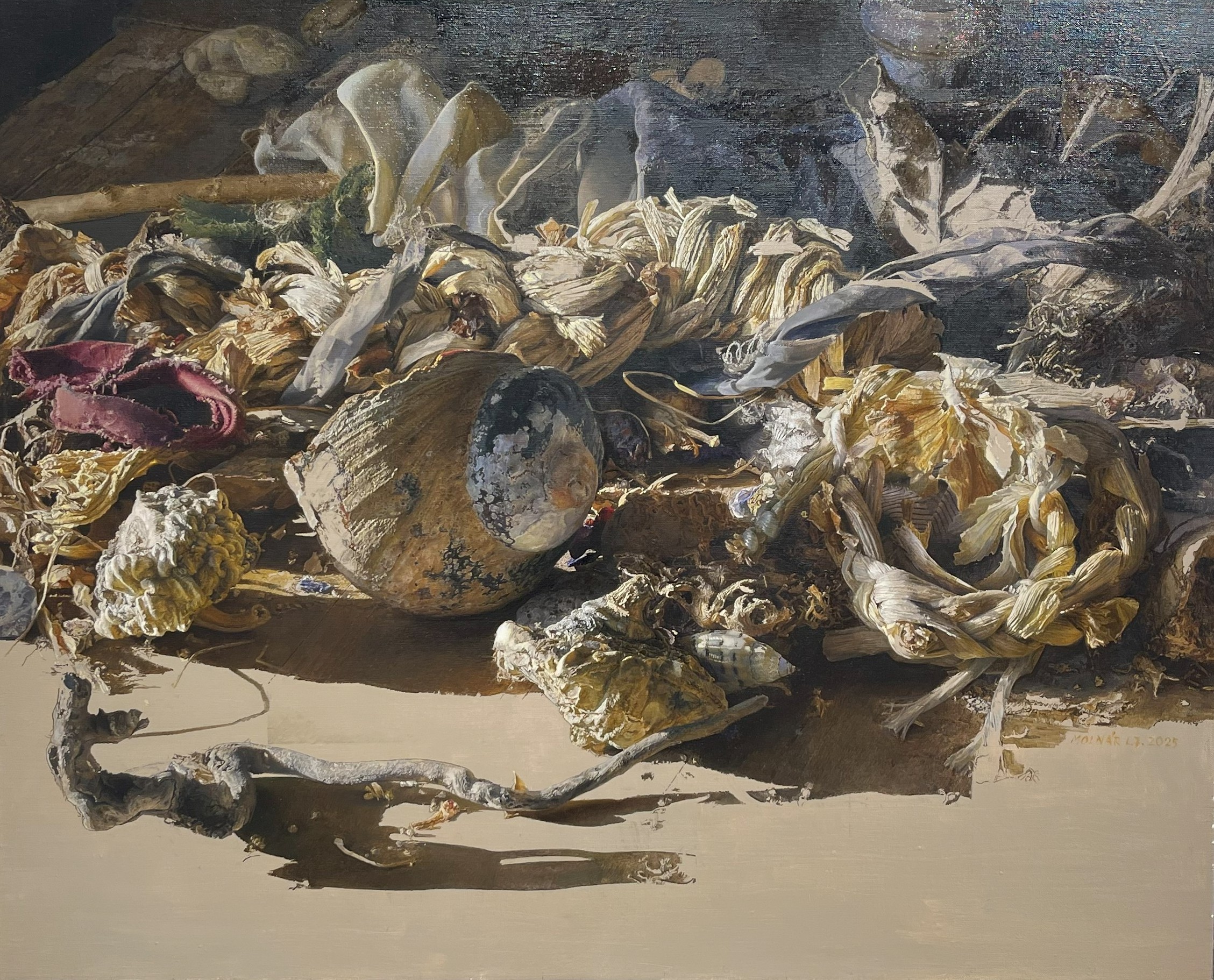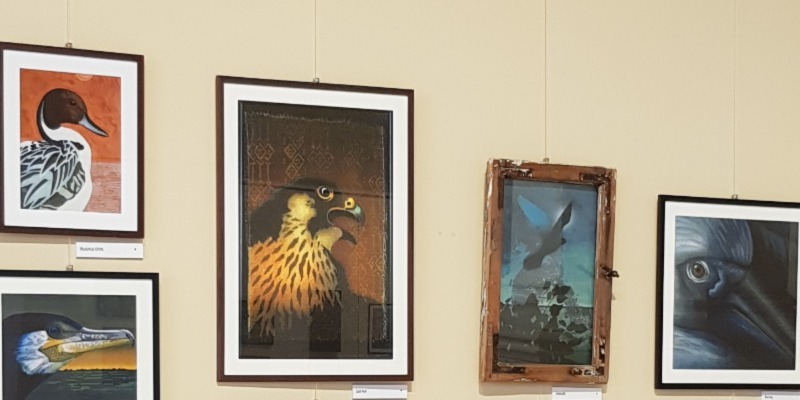
Work of Art in Focus – April 2023
This exhibition entitled "Quodlibet" by 75-year-old György Szemadám presents artworks created in the past five years. The exhibited works are showcased in the form of thirteen groups of artworks, and birds – yet again – feature as a recurring theme. Birds are so colourful and beautiful that we almost hear them chirp. Almost? Or do they really talk to us? Let us listen and understand what they say.
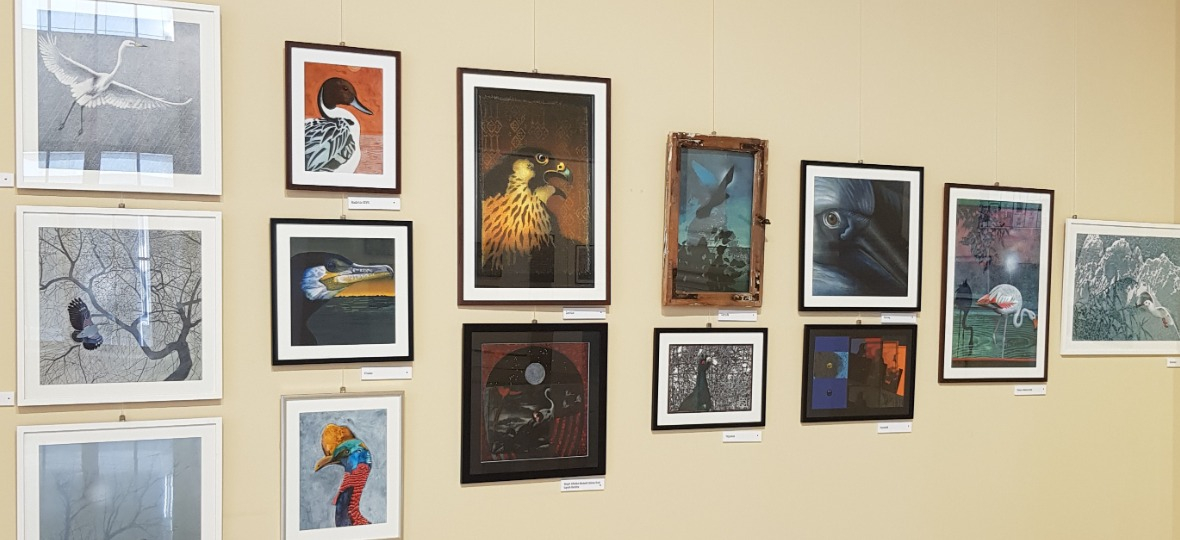 György Szemadám: BIRDS – A Group of Artworks
György Szemadám: BIRDS – A Group of Artworks
"Suddenly a stranger or a stray dog enters your yard, and immediately the rooster crows. The people of [Historic Hungary's] Szilágyság region take the rooster's words for saying: ‘Who is rummaging in here?' And indeed, the rooster's crowing sounds like a question: and it is indeed a question. People's imaginative souls turn the rooster's crowing into human speech. Turkeys do not speak, but rather sob, more precisely turkey poults will sob. Protecting its frail babies a turkey cries: ‘We barely live, barely-barely.' Then the jakes reply: ‘Hardly-hardly. Hush-hush-hush!' Then the gobbler suddenly opens his feathers and starts to speak to the poult: ‘I will support you even if I have to beg in the streets.' When an average Hungarian person interprets these words, he will smile as he too comforts his weeping partner in exactly the same way. Then the dove starts cooing on its perch. According to tradition, it says: ‘We have wine! We have wine!' Then from the puddle next to the well the tipsy duck cries out as a reply: ‘Put it on tap! On tap!' The cooing of the dove is like the quiet joy a farmer feels when he acknowledges his cellar is filled. The quacking of the duck, on the other hand, corresponds to greediness: its mind is not dedicated to careful husbandry but to being prodigal. As a reflection of the nature and speech of the above two different birds, a Hungarian person's lively wit compares two kinds of people to these birds: the thrifty and the prodigal. And after the winter makes the little marsh tit move from the forest to the orchard, the little bird searches for its food relentlessly at the foot of branches and in the cracks of tree barks: it is looking for sleeping insects, which are harmful to trees, flowers and fruits. While trying to forage for food the little marsh tit says: ‘Not here, not here!' And when it finds some tiny sleeping caterpillar, egg or other edible dish, it says: ‘It's not much, it's not much.' Yet, it will keep up its diligence! The night heron, which sits on the bank of the River Tisza, says: ‘buck-wuck, buck-wuck.' People interpret the bird's words and claim to understand: ‘Priest Buck and blind ducks and wild bugs'. They claim to hear the night heron's foolish talk and nonsense. And when it is already late in the spring and the trees in the forest and in the garden have already grown leaves, the yellow and black golden oriole returns from its distant winter hiding place. It chirps very beautifully and sings like the musing sound of a flute. And what does it say? It says to the boy who is approaching her nest: "Do you want some nuts, boy?' The boy says ‘Of course', and he follows the bird, who lures him far away from its nest and then flies off and leaves him alone. This beautiful bird is cheeky enough to talk even about the village aldermen and even about the magistrate. Sometimes it says: ‘Magistrate!' And sometimes it says ‘Alderman's good!' But it was also heard to say (God forbid!): ‘So mischievous is the judge!'
Here I have come to witness and write that you, my People, have a kind heart to birds: with your lively wit you can understand the life, benefits and absence of birds. You are able to interpret even the wise meaning of birds' chirping. And this interpretation is often a reflection of yourself and your fellows. In the happiness of birds, people see their own blissfulness: the ones we desire and love the most are typically called ‘doves' by us [in Hungarian]. This ‘dove' is one's faithful mate, which dies when death does them apart. Just like the doves: your heart stops beating when your loved one withers. And in your sorrow you shall be as bitter as a bird that has lost its young."
Excerpt from Ottó Herman's On the Usefulness and Absence of Birds. Interpreting the words of birds (Hungarian lexicon describing Hungary's bird population, originally published in 1901)
The artwork of the month of April can be seen at the exhibition entitled Szemadám in the exhibition spaces on the Ground floor of the Pesti Vigadó until 30th April.

